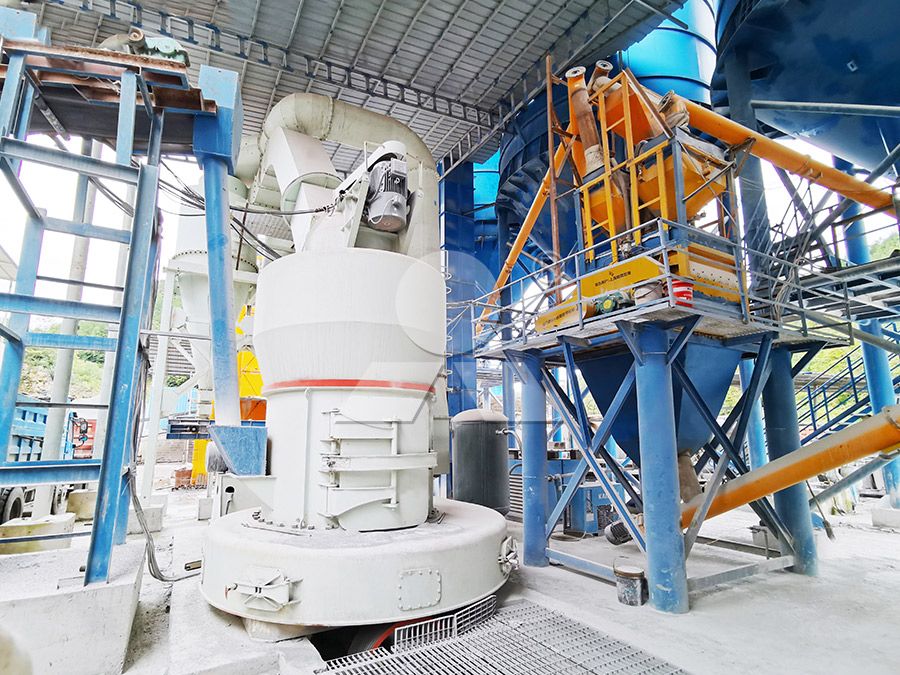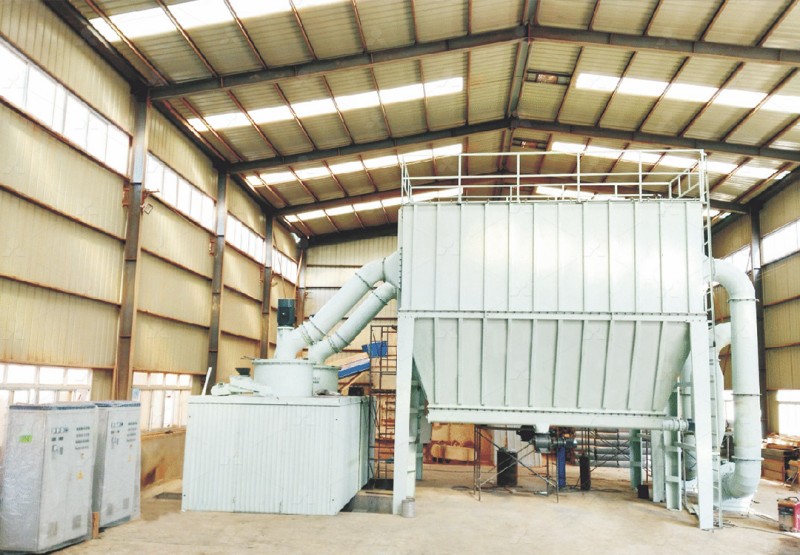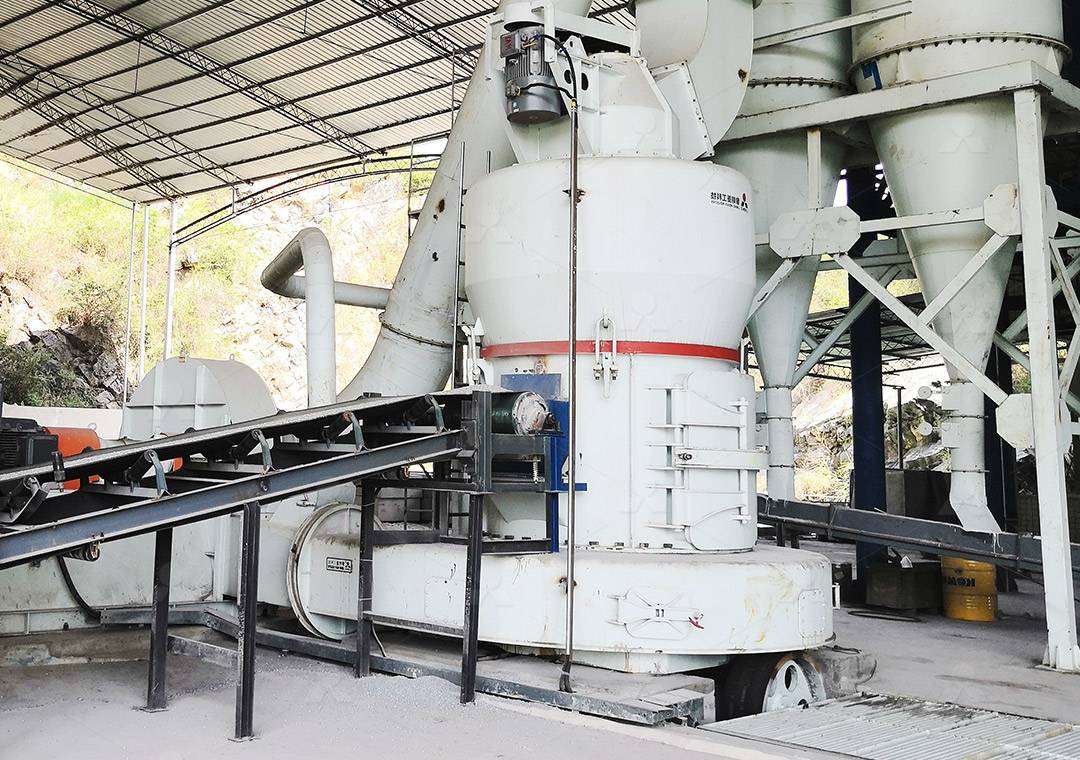Coal Gangue Hammer Mill: Efficient Grinding Solutions for Industrial Applications
Coal Gangue Hammer Mill: Efficient Grinding Solutions for Industrial Applications
Coal gangue, a solid waste generated during coal mining and washing processes, presents both environmental challenges and potential economic value. Proper processing of this material requires robust, efficient grinding equipment capable of handling its abrasive nature and variable composition. While traditional hammer mills have served this purpose for decades, modern industrial applications demand more sophisticated solutions that balance productivity, energy efficiency, and environmental compliance.

The Evolution of Coal Gangue Processing
Early coal gangue processing relied heavily on basic crushing equipment that often struggled with the material’s hardness variations and high silica content. These systems typically consumed excessive energy while delivering inconsistent particle size distribution. Today’s advanced grinding technologies have transformed this process, offering precise control over final product specifications while significantly reducing operational costs.
The key to efficient coal gangue utilization lies in selecting equipment that can transform this industrial byproduct into valuable raw material for construction, cement production, or power generation. Modern grinding systems must accommodate input sizes up to 50mm while producing finely ground powders suitable for various industrial applications.
Advanced Grinding Technologies for Superior Results
Contemporary grinding solutions incorporate multiple technological innovations that address the specific challenges of coal gangue processing. From integrated drying capabilities to advanced classification systems, these machines deliver performance metrics unimaginable just a decade ago.
One standout solution for ultra-fine powder production is our MW Ultrafine Grinding Mill, specifically engineered for customers requiring precise control over final product fineness. This advanced system processes materials with input sizes of 0-20 mm at capacities ranging from 0.5 to 25 tph, making it ideal for various industrial scales. The MW series incorporates German cage-type powder selector technology, allowing fineness adjustment between 325-2500 meshes with screening rates achieving d97≤5μm in a single pass.

Environmental Considerations in Modern Grinding Operations
Today’s industrial operations face increasing regulatory pressure to minimize environmental impact. Modern coal gangue grinding equipment addresses these concerns through integrated dust collection systems, noise reduction technologies, and energy-efficient designs. The MW Ultrafine Grinding Mill exemplifies this approach with its efficient pulse dust collector and muffler system that effectively contains particulate matter and reduces operational noise.
The unique design of advanced grinding mills eliminates rolling bearings and screws within the grinding chamber, preventing common failure points and reducing maintenance-related downtime. External lubrication systems enable continuous 24-hour operation without shutdowns for maintenance, significantly improving overall equipment effectiveness.
Applications Beyond Traditional Uses
Processed coal gangue finds applications across multiple industries, including cement production, concrete manufacturing, brick making, and as a source of alumina and silicon compounds. The quality of the final powder directly impacts its market value and application potential, making grinding precision a critical economic factor.
For operations requiring vertical grinding solutions, our LUM Ultrafine Vertical Grinding Mill offers exceptional performance with input sizes of 0-10 mm and capacities of 5-18 tph. This system combines Taiwanese grinding roller technology with German powder separating technology, delivering higher yielding rates and better product quality. Its unique roller shell and lining plate grinding curve design generates material layers more effectively, enabling high rates of finished products through single-pass powder milling.

Operational Efficiency and Maintenance Considerations
The economic viability of coal gangue processing heavily depends on operational efficiency and maintenance costs. Modern grinding equipment addresses these concerns through designs that simplify maintenance procedures and extend component life. The LUM Ultrafine Vertical Grinding Mill features a reversible structure that allows easy access to grinding rollers for inspection and replacement, significantly reducing downtime during maintenance operations.
Double position-limiting technology in advanced mills ensures operational stability by preventing destructive impacts between grinding components during unexpected vibration events. This protection mechanism enhances equipment longevity while maintaining consistent product quality.
Frequently Asked Questions
What is the typical feed size for coal gangue grinding equipment?
Our grinding mills accommodate various feed sizes depending on the model. The MW Ultrafine Grinding Mill handles input sizes of 0-20 mm, while the LUM Ultrafine Vertical Grinding Mill processes materials up to 10 mm. Larger capacity models can accept feed sizes up to 70 mm.
How does the energy consumption of modern grinding mills compare to traditional equipment?
Advanced grinding systems typically reduce energy consumption by 30-50% compared to traditional ball mills or jet mills. The MW Ultrafine Grinding Mill demonstrates 40% higher production capacity with the same fineness and power compared to jet grinding mills.
What fineness levels can be achieved with contemporary grinding equipment?
Modern systems offer adjustable fineness between 325-2500 meshes, with some models achieving screening rates of d97≤5μm in a single pass. The exact specifications depend on the material characteristics and equipment configuration.
How do modern grinding systems address environmental concerns?
Contemporary equipment incorporates pulse dust collectors, mufflers, and sealed systems that operate under negative pressure to prevent dust emissions. Noise reduction technologies and energy-efficient designs further minimize environmental impact.
What maintenance advantages do advanced grinding mills offer?
Features like external lubrication systems, reversible structures for easy access, and the elimination of internal rolling bearings and screws significantly reduce maintenance requirements and downtime. These designs enable continuous 24-hour operation with minimal interruptions.
